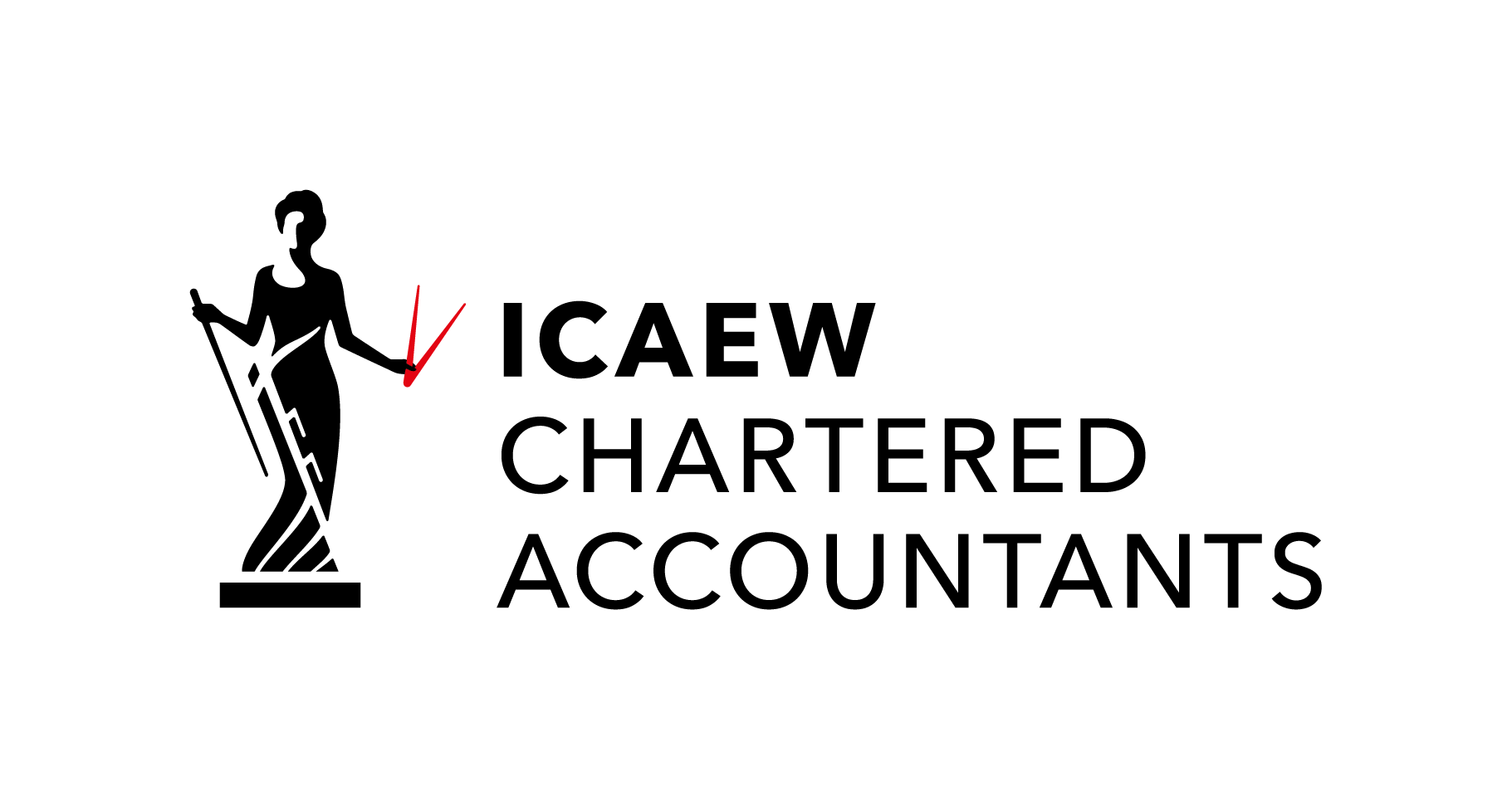Readers may have noted that from the date the Finance Bill 2013 receives a Royal Assent, HMRC will be using new powers to stop abusive tax schemes from reducing a tax payer’s liability. The legislation is set out in the GAAR, the General Anti-Abuse Rule.
It is worth noting that HMRC can use the GAAR to counter certain arguments previously used by the judiciary. There are a number of well-known rulings where the tax payer’s right to use a tax scheme was endorsed. The following quote is from the judgment of Lord Clyde in the Ayrshire Pullman case:
“No man in this country is under the smallest obligation, moral or other, so as to arrange his legal relations to his business or to his property as to enable the Inland Revenue to put the largest possible shovel into his stores. The Inland Revenue is not slow – and quite rightly – to take every advantage which is open to it under the taxing statutes for the purpose of depleting the taxpayer’s pocket. And the taxpayer is, in like manner, entitled to be astute to prevent, so far as he honestly can, the depletion of his means by the Inland Revenue.”
Following the implementation of GAAR, Parliament is now in a position to side-step these judgments. HMRC have commented on this change of tack:
‘Accordingly, it is essential to appreciate that, so far as the operation of the GAAR is concerned, Parliament has decisively rejected this approach and has imposed an overriding statutory limit on the extent to which taxpayers can go on trying to reduce their tax bill. That limit is reached when the arrangements put in place by the taxpayer to achieve that purpose go beyond anything which could reasonably be regarded as a reasonable course of action.’
For taxpayers and their advisors this creates a new dilemma; who defines a reasonable course of action?
We will be keeping a close eye in the months to come on ways in which the GAAR is used to close down tax savings opportunities. Watch this space…





 © Daly, Hoggett & Co. All rights reserved
© Daly, Hoggett & Co. All rights reserved